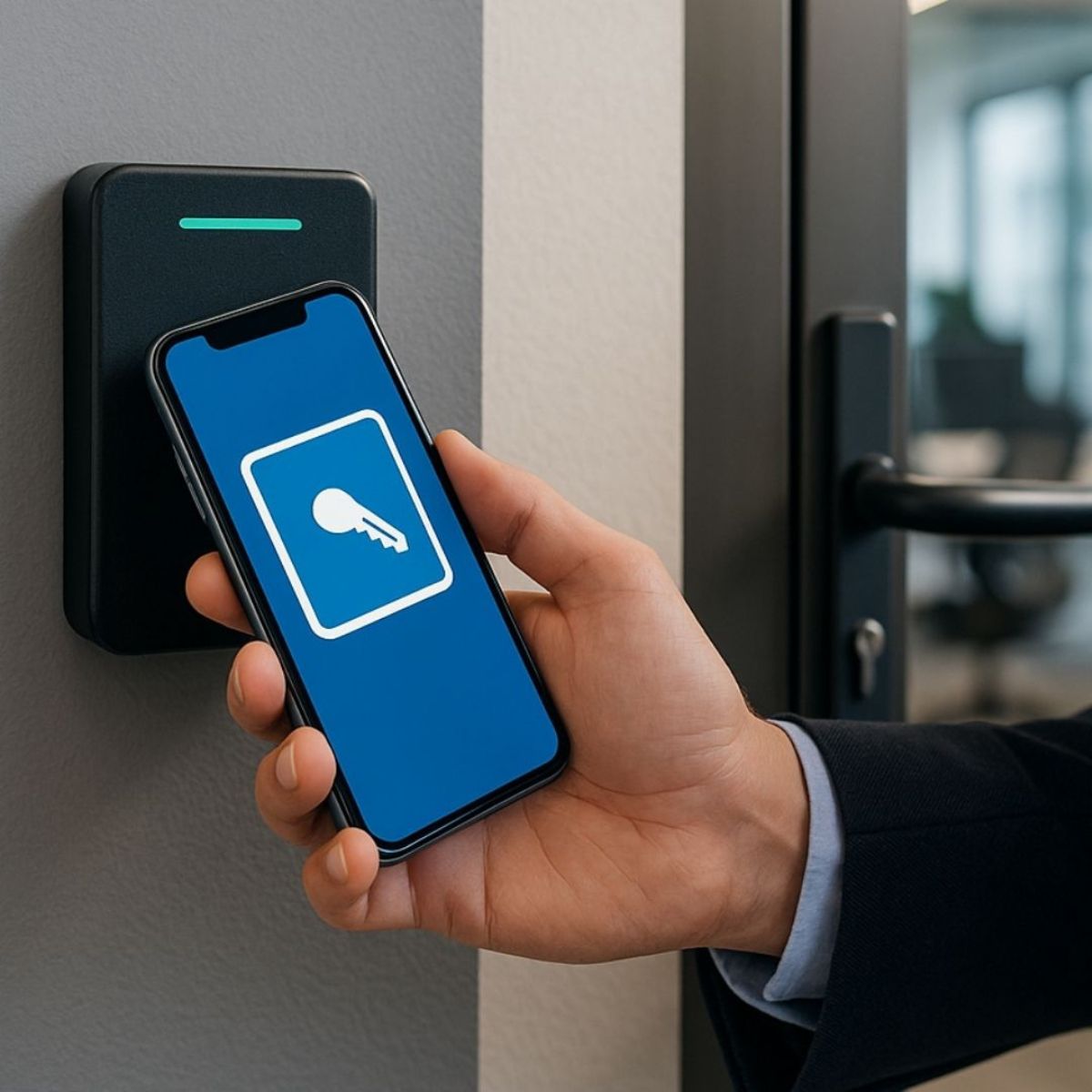Reading time: 2 minutes
Overview, Functions, Market, and Providers
Physical Security Information Management (PSIM) and related management systems play a central role in the modern security landscape by efficiently integrating diverse security technologies and coordinating complex infrastructures. With ongoing digitalization and an increasing threat environment, companies and organizations face mounting demands to not only modernize their security systems but also to network them intelligently. This whitepaper explains the following aspects:
Basic Concepts and Functions of PSIM
PSIM refers to software platforms that integrate various, often vendor-independent security systems such as video surveillance, access control, intrusion and fire alarm systems, as well as IoT devices, into a centralized user interface. The aim is to capture data from a wide range of sources, analyze it, and display it on unified dashboards. PSIM acts as the “brain” of the security architecture, enabling the control, monitoring, and automation of processes.
Core Functions:
- Integration: Standardized and vendor-specific interfaces (APIs, protocols) allow heterogeneous systems to be combined on a single platform. Middleware translates proprietary formats, enabling deep integration.
- Situational Awareness: Real-time data from video surveillance, sensors, and access systems are combined into a comprehensive situational overview. Visualizations via maps, dashboards, and multi-screen views help to detect threats at an early stage.
- Automation: Predefined response plans (SOPs) and automated actions such as alerting, video switching, door locking, or emergency communication ensure rapid and standardized processes. Modern PSIM systems increasingly use AI for pattern recognition and optimization.
- Incident Management: All security events are documented, analyzed, and evaluated for audits. Operators are supported by guided response steps, and the system enables communication with internal teams and external authorities.
- Scalability: From single building solutions to complex systems for multi-site facilities, industrial parks, or cities: PSIM systems are modular and can be flexibly expanded.
Installation Models: Cloud vs. On-Premise vs. Hybrid
The choice between cloud-based, on-premise, or hybrid installations depends on requirements, IT infrastructure, and security level:
- Cloud Solutions: Offer high scalability, low upfront investments, automated maintenance, and are especially attractive for organizations with distributed sites. Disadvantages may exist for critical infrastructure (data protection, availability).
- On-Premise Solutions: Provide full data sovereignty, independent of the provider, and are suitable for high-security areas such as government agencies or organizations with strict compliance requirements. However, they require dedicated IT resources and greater investments.
- Hybrid Models: Combine the advantages of both, for example by pairing local data processing with centralized cloud control.
Market Overview
The market for security management software is growing dynamically:
- The global market for IoT in commercial buildings is expected to grow from USD 64.1 billion (2024) to USD 101 billion (2030), increasing by 7.87% per year.
- The security software revenue market was over USD 82 billion in 2023 (+13.4% versus previous year, including IT security).
- The PSIM market is projected to grow from USD 3.5 billion (2024) to USD 4.3 billion (2029) (4.6% per year), while other forecasts even predict growth rates of up to 16.24% per year (Mordor Intelligence: from USD 1.66 billion to USD 3.53 billion).
The increasing complexity, cyber-physical convergence, and the growing need for holistic security solutions are driving growth.
Provider Overview and Practical Questions
The market comparison explains the offerings of leading providers, who were asked specific questions regarding system concept (building block vs. complete solution), integration capability, target groups, and practical advice.
Example questions for providers:
- Is your system designed as a complete PSIM or as a building block?
- How are security components integrated, and what are the benefits?
- Who needs a PSIM and who requires a specialized management solution?
- Which target groups and complexity levels is the system particularly suitable for?
- What advice do you give for introducing or switching PSIM systems?
Conclusion
PSIM and management software are key factors for modern security infrastructure. They enable seamless integration, automation, and efficient responses to complex security situations. The choice of the right solution—including installation model and provider—should be based on individual requirements, compliance specifications, and future growth strategies. The market is developing dynamically, and innovative features such as AI, cloud integration, and modular scalability are becoming increasingly important.
The full whitepaper with further details is available for download.
Download
- Whitepaper PSIM and Management Systems (pdf, 1 MB)











